Mumbai
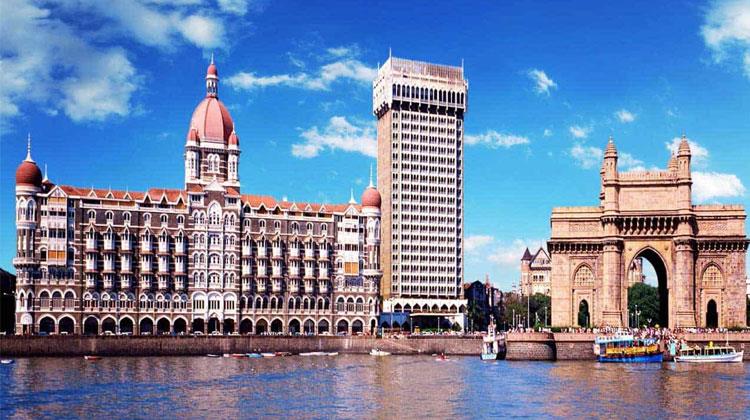

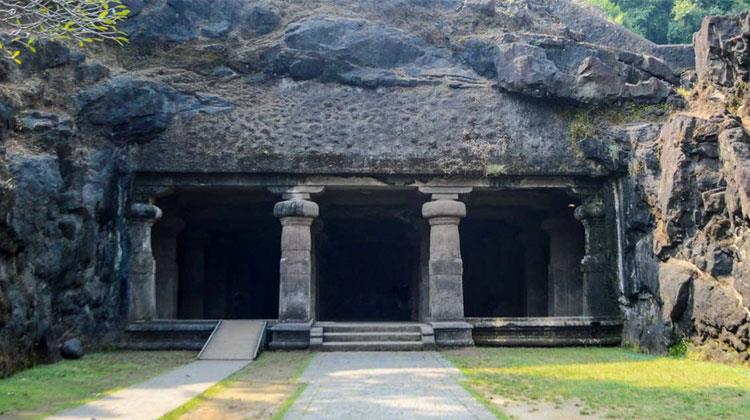

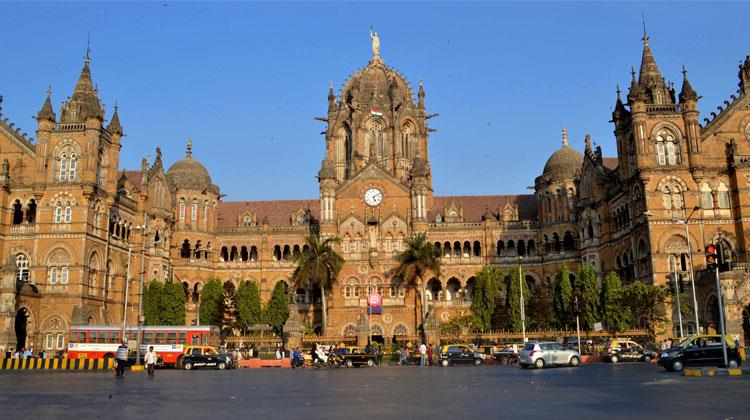

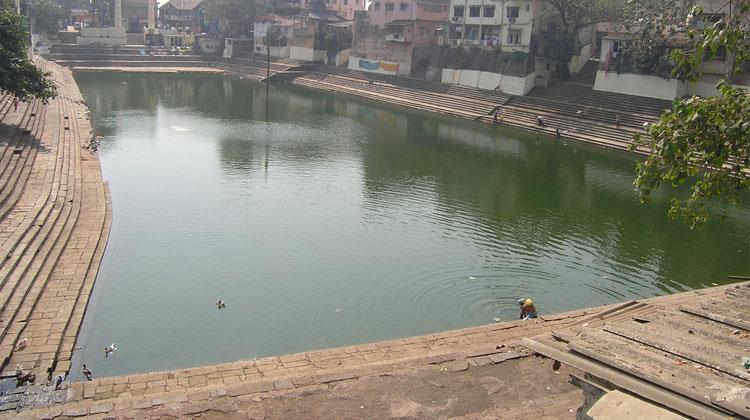






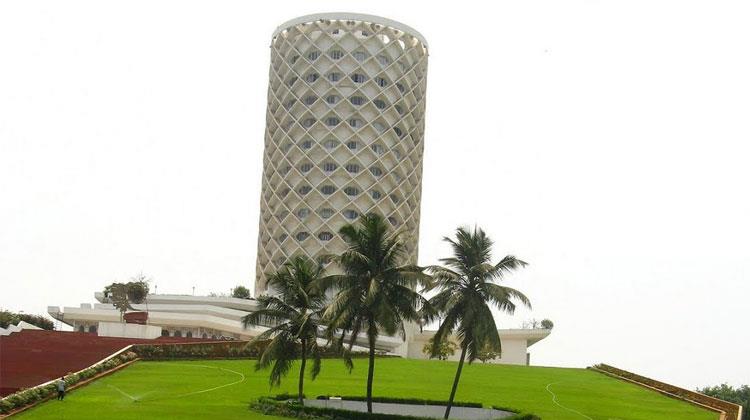

Gateway of India
The Gateway of India was designed by Scottish architect, George Wittet and the construction work was carried out by Gammon India Limited, the only construction company in India boasting an ISO 9001: 1994 accredited certification in all fields of civil engineering at that time. The structure was built with yellow basalt stones enmeshed with reinforced concrete at the foundations. The stone was sourced locally. The perforated screens were brought from Gwalior. The structure cuts an angle to the road leading to it and stands facing out to the Mumbai Harbor from the tip of Apollo Bunder.The structure is basically a Triumphal Arch, built predominantly in an Indo-Saracenic architectural style with some Muslim elements incorporated. This style of architecture was introduced by the British during their rule in India and it combines diverse elements of the Hindu and Muslim architecture with Gothic cusped arches, domes, spires, tracery, minarets and stained glass, in a uniquely playful style.
Elephanta Caves
Situated at a 10 km radius from Gateway of India is one of the major tourist places in Mumbai, the Elephanta Caves. The caves are said to be one of the oldest rock cut structures in the country and is a perfect example of archaic Indian art associated to the cult of Lord Shiva. It is reckoned that the caves were adorned with sculptures between in 6th or the 8th century.The island on which the caves are built was originally known as "Gharapuri" and is a quiet and picturesque island with green foliage and harmless primates. The three-headed Shiva sculpture called Maheshmurti is the main attraction of this island. Apart from it the sculptures of Shiva, in the 'Shiva Nataraja' and 'Ardhanarishvara' forms are also worth seeing in Elephanta Caves.
Juhu Beach
Probably one of the most visited places in Mumbai. Juhu Beach is located 18 km to the north of the city center in Mumbai. The famous beach is situated in the suburbs of Mumbai. To be more precise, Juhu beach is situated It is situated on the shores of Arabian Sea in Juhu suburb. Juhu Beach comes to life mostly in the evening, when people from all walks of life visit here to enjoy sunset, play in the water and treat their taste buds with street food like Bhel Puri and Pav Bhaji.Juhu beach in Mumbai has three main entrances. The fist entrance is from the Vile Parle side, the second from the Santacruz side and the third entrance is from the Andheri side. You can enter from any of the three entrances. You can reach there by taking government or private buses from Andheri, or any other part of Mumbai. Juhu beach can also be reached by a car or cab. Almost all taxi drivers in Mumbai know the way to the Juhu Beach.
Victoria Terminus
Also known as 'Chhatrapati Shivaji Terminus' (CST), this Victorian Gothic style edifice is situated in the heart of Mumbai City. Just like the Gateway of India, CST is an important landmark of Mumbai. Declared a 'World Heritage Site' by UNESCO in 2004, Victoria Terminus was built in 1888 and till today stand as one of the best examples of Gothic style architecture in India. It is also one of the busiest railway station in Mumbai.A bustling terminus, the CST is well-connected by rail to all parts of the country. It stands as the final result of great industrial revolution technology, merged with Victorian/Gothic revival styles based on late-Italian model architecture. The structure represents the heart of the mercantile facet of the city and also symbolizes the British Commonwealth. Apart from being Victorian-Gothic in architecture, parts of this grand edifice also contain remnants of Mughal styled architecture. An outstanding example of the late 19th century designs, the CST is associated with the city of Mumbai since time immemorial. The city flourished, businesses boomed and a thriving film industry grew, with the Chhatrapati Shivaji Terminus being the core witness to it all.
Haji Ali Dargah
Haji Ali Dargah is one of the most popular religious places in Mumbai, visited by people of all religions alike. Haji Ali Dargah is one of India’s most famous and prestigious landmarks situated about 500 yards from the Mumbai shoreline in the middle of the Arabian Sea off Lala Lajpatrai Marg.The structure was erected on a set of high rising rocks and was given its present day shape in the early 19th century after the Trust was legally formed as an entity in 1916.
Haji Ali Dargah is the complex housing the tomb of the Muslim Saint Pir Haji Ali Shah Bukhari (R.A.). Along with the tomb, there is also a Masjid at Haji Ali. This monument has been sentinel to the shores of Mumbai since a long time.
Banganga Tank
Banganga Tank is one of the prominent tourist attractions in Mumbai. It forms a part of Walkeshwar temple complex in Malabar Hill. As the water in the tank is regarded as the subsidiary of Holy Ganges, it is considered sacred and is believed to have healing powers. The tank is visited by thousands who wish to take a dip in the holy water and offer flowers at the Banganga Temple.Constructed in 1127 A. D under the initiative of a minister of Silhara dynasty that ruled Mumbai from 9th to 13th century, Banganga tank and the temple was destroyed by the Portuguese and was rebuilt in 1715 utilizing a donation made by Rama Kamath, a rich philanthropist and businessman in Mumbai. This structure is one of the holiest sites in Mumbai and one among the few surviving historical spots in the otherwise concrete jungle. As the water in the tank is regarded as the subsidiary of Holy Ganges, it is considered scared and is trusted to have healing powers. However, despite being located 1.5 kilometres from the city, it is overlooked by many tourists. Read further to know more about Banganga and the its major attractions.
Marine Drive
Known as Marine Drive, this tourist spot has also been called Sonapur by the locals of the city. Marine Drive is a 3km long stretch that links Nariman Point to Babulnath, and is situated at the foot of Malabar Hill. Large crowds of people come to this place to stride along the walkway and to view the setting sun at dusk.Marine Drive is also referred to as "Queen's necklace", because the street lights make the road look like a string of pearls and create an illusion of a necklace, when viewed at night from an elevated point. Towards the northern end of Marine Drive lies one of the oldest beaches in Mumbai, Chowpatty Beach, which is famous for its bazaars and fast food and snacks such as Bhel Puri, Paav Bhaji, etc.
Prince of Wales Museum
Prince of Wales Museum also known as "Chhatrapati Shivaji Maharaj Vastu Sangrahalaya", the museum is one of the most popular places to see in Mumbai. Prince of Wales Museum was built in the early 20th century and showcases several collections of ancient artworks, sculptures and artifacts in its galleries. Regular exhibitions and lectures on several topics are held inside here.The museum is done in Indi-Saracenic style of architecture and is bordered by lavish green gardens. There are three different parts of the museums: Natural history section, Archaeology section and Art section where innumerable forms of art and artifacts from India, Tibet, Nepal and other far eastern countries are preserved. Also, there are collection of 2000 rare miniature paintings from several art schools in India; decorative artworks made from wood, metal, jade and ivory; rare archeological artifacts dating back to the ‘Indus Valley’ civilization in the 2000 B.C can be seen in the museum. Remnants from the Mauryan as well as Gupta periods are displayed in the museum. There is a section in the museum that includes a collection of reptiles, mammals, amphibians, birds and fishes. On the other hand, another section in the museum displays Indian arms and armor, weapons, swords, shields. The museum has a section comprised of European oil paintings as well.
Siddhivinayak Temple
Probably one of the most beautiful temples situated in Mumbai, the Siddhivinayak temple is definitely a must see in the city. Every day, more than 20000 devotees throng the temple to offer their prayers at the temple and on Tuesday special 'puja' and 'darshan' takes place. Bollywood celebrities too, visit Siddhivinayak to seek blessings. When one visits this place, they can admire the temple's ancient style of architecture and its many features.Kanheri Caves
The Kanheri Caves also known as the 'lungs of Mumbai' is amongst the best places to see during your holiday in the city. It is saide to be the only place in the city with the maximum amount of greenery and consequently, a lot of fresh air. Kanheri Caves premises offers a pleasant escape from the pollution and the bustling city life. The caves date back to 1st century BC and are reckoned to be one of the oldest caves in India. Kanheri Caves are renowned for their natural Basalt formations, ancient Indian styled architecture and the 109 special entrances to the caves. These caves were once a distinctive Buddhist institution for congregational worship, study and meditation.Veermata Jijabai Udhyan
Formerly known as 'Rani Bagh' or 'Victoria Gardens', this place has been renamed as 'Jijamata Udyaan' or 'Veermata Jijabai Bhonsle Udyan' in the memory of Maratha warrior Shivaji's mother. Victoria Gardens is located in Byculla, the heart of Mumbai. Inaugurated in 1861, this is considered to be one of the oldest zoos of India.Another major attraction of this garden is the Bhau Daji Lad Museum (previously known as Victoria and Albert Museum).This museum is located in the same premises with the purpose of enhancing industrial as well as agricultural interests. Going towards the east of the museum, one would find a giant statue of an elephant; this statue, found at the Elephanta Caves, was taken to retain but was later returned to adorn this garden. Victoria Gardens is spread over 48 acres, with a clock tower located near the entrance, to welcome visitors.
Worli Seaface
Worli Seaface features scenic surroundings that are characterised by endless azure waters of the Arabian Sea and view of distant Haji Ali Dargah. It is a posh and a major residential area in South Mumbai, which is inhabited mostly by affluent people. Extending from the Worli Fort in the north to Narayan Pujari Nagar in the south, this locality is a popular place of interest in the city.It is famous for experiencing giant waves during monsoon season, it attracts locals and tourists alike. Worli Sea Face features a number of significant attractions like Worli Fort, Haji Ali Dargah and Bandra-Worli Sea Link (Rajiv Gandhi Sea Link). Besides, there are a number of high-end restaurants and shopping outlets as well.
Nehru Science Center
Nehru Science Centre covers various aspects of science and technology that is both interesting and informative. It is an ideal place to take your kids to. A part of the National Council of Science Museums (NCSM), this centre has more than 500 interactive exhibits that are related to various topics, including sound, energy, mechanics and kinetics.To be precise it is a science park and gallery where one can see different aspects of science. A major highlight of Nehru Science Centre is the three-dimensional science show which is named 'Monsters of the Deep'. It takes people into an underwater world that seems real and where they can witness mythical monsters. A science odyssey named 'Grand Canyon Adventure' is also organised at this centre. This 45-minute film is based on the famous Grand Canyons of Arizona and attempts at spreading awareness about saving freshwater resources of the world.
Walk of Stars
The Walk of the Stars is a section of the Bandstand Promenade in Bandra, Mumbai that is built to honour the Bollywood film stars similar to the Hollywood Walk of Fame. The path features about six statues of famous Bollywood actors as well as about 100 brass plates embossed with the handprints and signatures of other Bollywood stars. The walk is 2km long and is definitely a place to visit if you are a Bollywood movies lover.
Great Trip with Great Company
